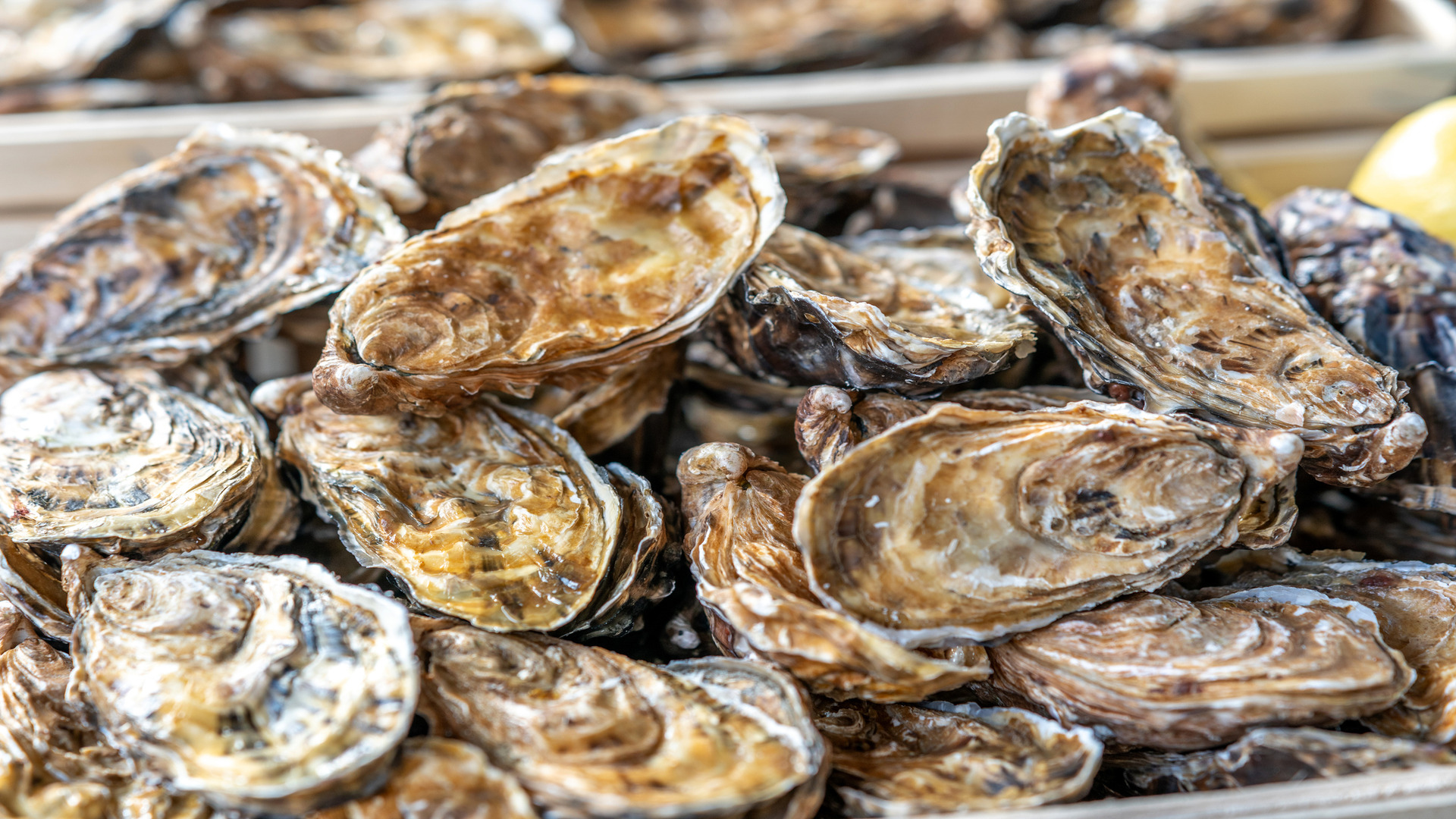Inspired by the materials found in oyster and abalone shells, researchers at Princeton University have created a new, highly versatile cement composite.
This design mimics the physical structure of the shell and improves durability by promoting inelastic deformation and hierarchical strengthening.
The newly developed material is 19 times more flexible, can stretch without breaking and is 17 times more crack-resistant than regular cement.
According to the team, the results could ultimately improve crack resistance in various brittle ceramic materials, such as porcelain and concrete.
Nature-inspired structural strength
Unlike materials such as glass, wood and steel, cement without fibers and reinforcements is brittle and not very flexible. These defects limit its use in structural applications.
Some methods have been attempted to improve the low fracture toughness and ductility of cementitious materials by adding polymeric, glass, or metallic reinforcements to cementitious composites. According to researchers, these approaches result in only a small increase (approximately one-fold) in energy absorption and fracture resistance, usually at the expense of directly changing the material’s microstructure.
The Princeton team found that alternating thin layers of polymer and patterned cement paste can significantly improve ductility: the ability to bend without breaking.
The group drew inspiration for their work on creating materials from biology. In this case, the group created a composite modeled after mother of pearl, a naturally occurring substance found in specific shells.
According to researchers, mother of pearl consists of hexagonal tablets of the hard mineral aragonite, bonded together at the microscopic level by a soft biopolymer. The 3D physical structure allows the tablets to slide and the biopolymer to deform, absorbing energy and increasing toughness.
These mechanisms, together with the nano-asperities and the interlocking tablets, make mother-of-pearl resilient despite its brittle components.
“This synergy between the hard and soft components is crucial to the remarkable mechanical properties of mother of pearl,” Shashank Gupta, a graduate student in the Department of Civil and Environmental Engineering at Princeton University, said in a statement.
New cement composites
The Princeton researchers used common building materials such as Portland cement paste and a small amount of polymer to create new composites inspired by mother of pearl.
Layers of cement paste sheets were alternated with polyvinylsiloxane, a highly flexible polymer. By alternating thin layers of polymer with sheets of cement paste, the researchers were able to produce multi-layered small beams.
Then, to assess crack resistance (also known as fracture toughness), each of these beams underwent a notched three-point bending test.
Researchers created three types of beams: the first with alternating layers of cement paste sheets and thin polymer; the second with hexagonal grooves laser engraved into cement slabs stacked with polymer layers; and the third with completely separated hexagonal cement tablets connected by polymer, mimicking mother of pearl. These were compared to a solid cast cement paste reference.
The results showed that these composites mimic the sliding and energy-absorbing mechanisms of mother of pearl. Nacreous separated composites had 17 times higher fracture toughness and increased ductility by 1791 percent compared to solid cement.
The strengthening mechanisms include interlayer deformation, tortuous crack propagation, and tablet sliding. Using laser processing and elastomeric interlayers, this approach significantly improves the mechanical properties of cement while reducing the risk of failure.
According to researchers, future work could explore various soft materials for resilient infrastructure, refine groove shapes for better defect integration, and streamline manufacturing methods using integrated lamination-laser processes or additive manufacturing for broader infrastructure applications.
The details of the team’s research have been published in the journal Advanced functional materials.
ABOUT THE EDITORIAL
Jijo Malayil Jijo is an automotive and business journalist based in India. Armed with a BA in History (Honors) from St. Stephen’s College, University of Delhi, and a PG degree in Journalism from the Indian Institute of Mass Communication, Delhi, he has worked for news agencies, national newspapers and motoring magazines. In his spare time he enjoys going off-road, engaging in political discussions, traveling and teaching languages.
